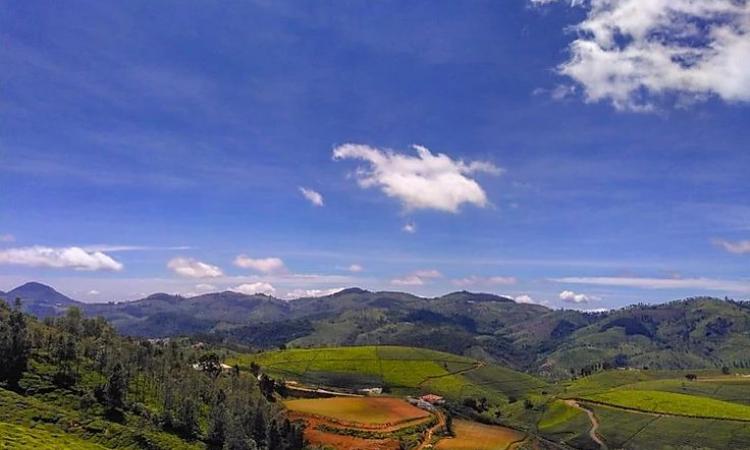
Locally called Neeru, water of the Nilgiris in its springs and wetlands has been the fountainhead for two main rivers systems of South India. Today, with growing anthropogenic influences, there is a water crisis in the hills that needs our attention more than ever before.
Once in twelve years, the Neelakurinji flower blossoms in Southern India, covering hills in a bright purple haze. This blue-purple bloom can be seen from miles away, rendering these hills with the name Nilgiris (Blue Mountains). Best known to the world outside, the Nilgiri hills are an iconic landscape harbouring a wide spectrum of ecosystems. These Hills are part of the Nilgiri Bio-Reserve (NBR), a UNESCO World Heritage site, chosen as India’s first bio-reserve in 1986. The NBR is among the highest mountains in the Western Ghats mountain chain with its peaks and plateaus bordering the states of Tamil Nadu, Karnataka and Kerala.
The Nilgiri hills of Tamil Nadu are home to various indigenous people including the Kurumbas- Alu, Jenu, Mullu and Betta, Kasava, Irula, Toda, Kota, Kattunaika, Paniya, Badaga, Thoraiya Badaga and the Mountadden Chettis. Owing to their distinct culture, small and declining population occupying a rugged and difficult terrain, the Toda, Kota, Kurumba, Irular and Paniyar have been classified as PVTG (Particularly Vulnerable Tribal Group).
The Nilgiris is the source of two main river systems – the Bhavani and the Moyar, which comprise several streams emerging from high altitudes and flowing down to the Kaveri basin in Tamil Nadu. Traditionally considered water rich, today this forest-grassland mosaic is in the throes of a deep water crisis. The major water sources- the springs and small hill wetlands have been systematically neglected. The crisis is rooted in the colonial history of the region. Much of the plantations and the exotic vegetation that we see in the region are a product of colonial encounters with these tropical ecosystems. The arrival of the British in the Nilgiris in 19th century transformed its native landscape. Tea and over time as their need for fuelwood grew, plantations of exotic trees took over the grasslands.
The attitude of misperceiving grasslands as degraded or wetlands as wastelands and the relentless quest to convert land for ‘productive use' found resonance even in the policies of the decolonized state. After independence, the government of India continued planting more Eucalyptus and wattle hoping to boost a paper industry.
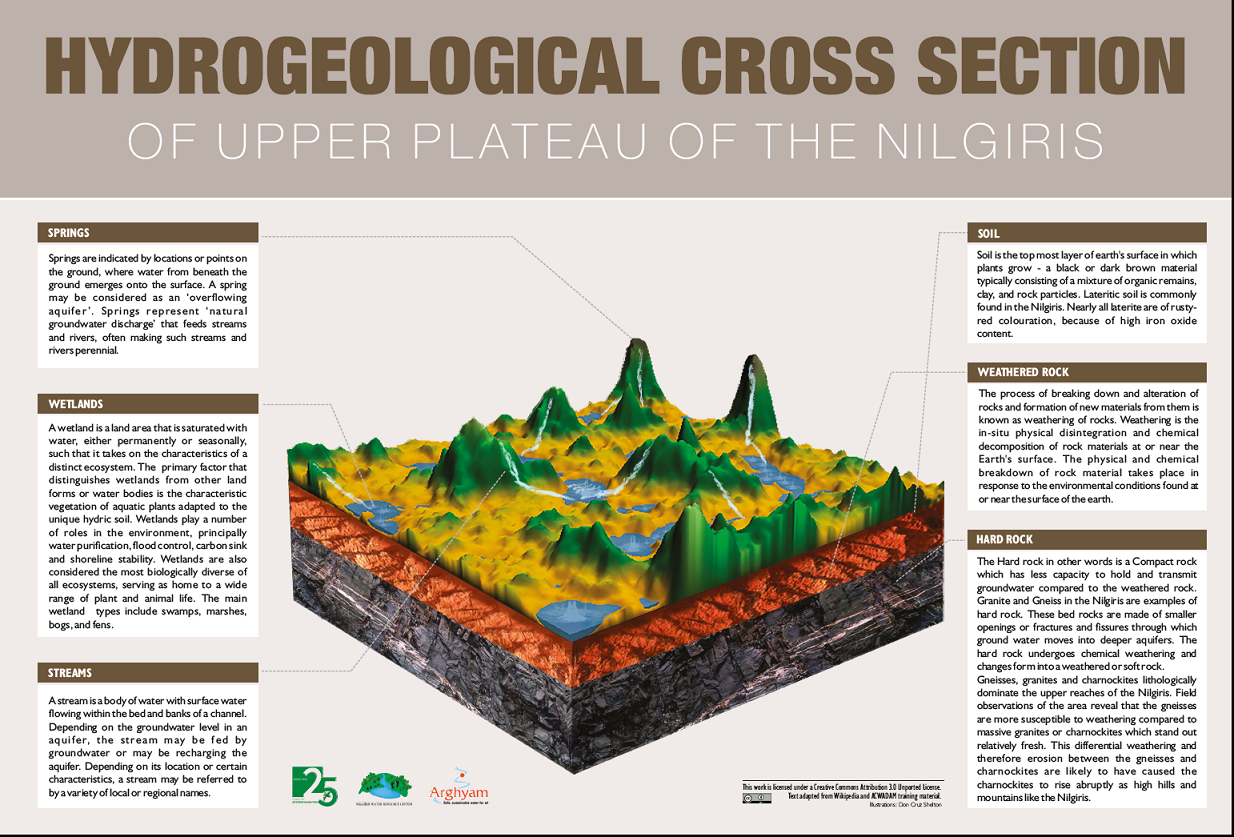
Sprawled over with exotic and invasive species of trees and shrubs such as the eucalyptus, black wattle and lantana, the Nilgiris natural ecosystem is getting decimated. And this ecological crisis is very much intertwined with the water crisis today. According to a study done by the Central Soil and Water Conservation, Research and Training Institute at Udhagamandalam - there is a 16% reduction in the water yield from the catchments of eucalyptus plantations vis-a-vis that of grasslands. Invasive plants are found growing on the edges of the swamps forming potentially harmful threats to the health of wetlands and grasslands in the reserved areas.
Booming real estate has caused mindless concretization of catchment and recharge areas in Ooty, Coonoor and Kotagiri which are popular tourist attractions in the region. Home stays and hotels are found not only in the towns but also in villages and in wildlife corridors. Tourism, which has become the mainstay of the District’s economy, has put immense pressure on its water resources.
The indigenous communities are nestled at different elevations across the Nilgiris. Their spatial location has shaped their experience and relationship with land, water and livelihood. For instance, the Todas live at the highest altitude of the Nilgiris mountains. Living in the shola forest-grassland, the Todas, are the pastorals and herders of Nilgiris. “In earlier days, economic exchanges had social and cultural dimensions, and took place as per the established social relationships. Being the herders of their unique breed of buffaloes, the Todas provided milk and dairy products, the Badagas were the agriculturists, the Kotas artisans, the Kurumbas and Irulas the hunter gatherers and agriculturists” says Gokul from Keystone Foundation while explaining the demography of the Nilgiris. These social relationships have blurred and transformed over the years with the advent of modern economy and commercialization in the region.
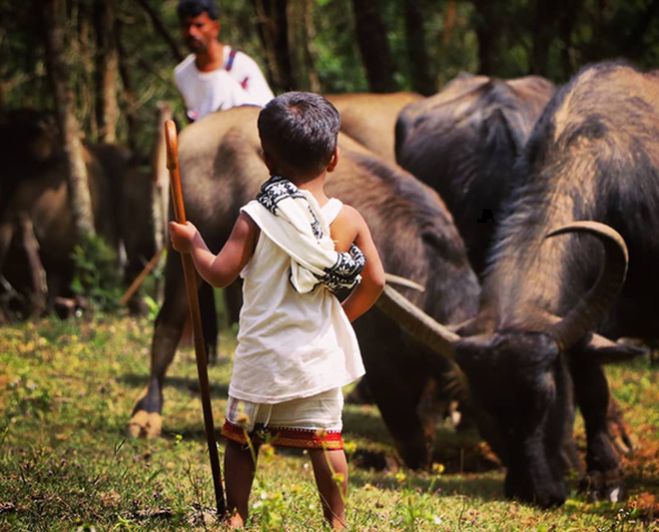
For instance, the buffalo is a leitmotif in the secular and sacred lives of the Todas. However, the disappearance of the grasslands has led to shrinking habitats for the buffalo for water and grass, challenging the very survival of the Toda way of life.
The local communities have had a special relationship with water sources such as springs and wetlands. The Badaga settlements, known as hattys, mainly on hill tops, depended entirely on upper spring sources close to Shola forests and grasslands. This water is considered to be pure and the water sources are protected and worshiped once a year in a ritual called the Halla Paruva (Water Worship). This ritual is performed before the arrival of the North Eastern monsoon to pray for good rainfall.
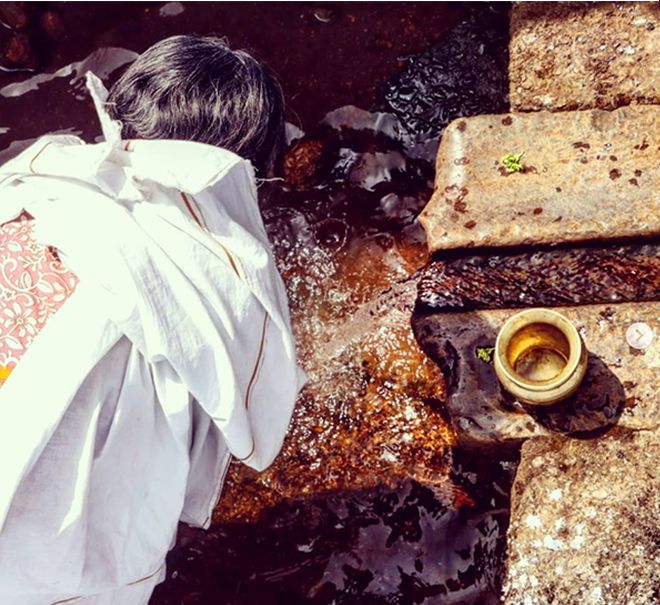
In most Badaga villages, one finds that an underground source or Huttu (emerging) neeru (water) has been protected for drinking water. This is a sacred place – out of bounds for outsiders, thereby reducing the risk of external contamination. With the unavailability of sufficient water from upper spring sources, Badagas have also had to depend on lower valley sources for their drinking water.
In the past, families used to maintain water channels from the source to the settlement by removing blockages and de-silting. Today, this practice has been discontinued with the government bringing in piped water and the water channels having become State-owned property. The management is different and the supply is often insufficient in summer. It has also discounted many local governance mechanisms and knowledge on water which existed prior to these arrangements.
During our visit to one of the Irula villages we met women working in one of the production centres of Aadhimalai Pazhangudiyinar Producer Company. Wholly owned by the indigenous communities, Adhimalai Producer Company was incubated by Keystone Foundation in 2013. Its inception has created opportunity for the tribal communities to market their farm and forest harvest such as coffee, pepper, silk cotton, millets, pulses, cereals, spices etc through processing and value addition using principles of fair trade.
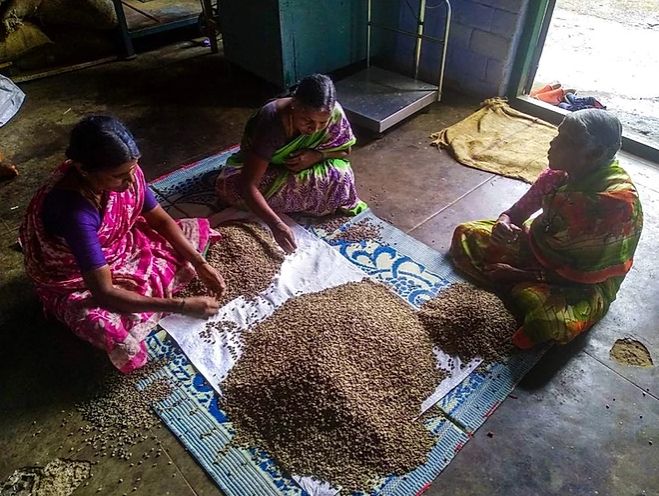
The women talked about their local water sources while sitting around a heap of coffee beans. As they engaged themselves in sorting the beans from that heap, they began naming some of the vegetation indicative of water. These plants and trees are found near the springs and wetlands. Kamala, a 60 year old woman said “one of the springs also smells like dhoopa (Canarium strictum)” because of the vicinity of the trees near the spring. This plant is known for the medicinal and commercial use of the resin it exudates, called black dammar, often used for making incense sticks. This rich understanding of their ecosystems by the people has accumulated through a long time series of observations. This knowledge then gets transmitted from generation to generation.
This Irula village called Bangdapalgai village also stands as a model of peaceful co-existence of the elephants and the villagers. However, this wasn't the case before. Human-animal interactions have been on the rise across the Nilgiris. This area has a long history of human-wildlife interactions in the landscape. Invasive species like lantana are a major threat to the native vegetation. As they proliferate, they result in less fodder being available to the herbivores, which disturbs their habitat. With diminishing food-plants for these animals inside the forest and change in land use pattern in the region, traditional elephant corridors and migratory routes get disturbed and encroached upon. Animals such as elephants, gaurs, and bears often venture into human settlements and new habitats looking for food and water, leading an intensification of human-wildlife interactions.
After securing the main water spring in the village, the people have created two alternative water sources for the elephants as well as the people. This has ruled out the possibility of future conflict over water.
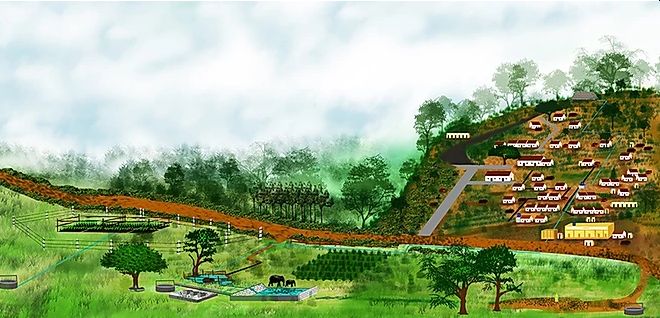
Bangalapadigai village, post intervention (Illustration credits: Keystone Foundation)
Gokul Halan and his team works on water management in the Nilgiris bio-reserve. The team works closely with the biodiversity and restoration team to conserve springs, small hill wetlands and their catchment. They develop water security plans in villages to address the need of equity and sharing of water for humans and wildlife. Over the last two decades the Keystone Foundation has undertaken several initiatives to improve access to water for local communities, increase the knowledge base on water resources in the Nilgiris and provide inputs to advocacy for the conservation of springs, hill wetlands and other water resources.
The work of Keystone becomes important in a place like the Nilgiri district where so many aspects of natural resources are linked in such a tight space. As much as it has been home to the indigenous communities, the Nilgiris also houses a number of species of animals and plants including a large number of endemics. Therefore, any effort to conservation cannot go in isolation without considering the biome in its entirety. This approach has remained central to the work of the Keystone Foundation.
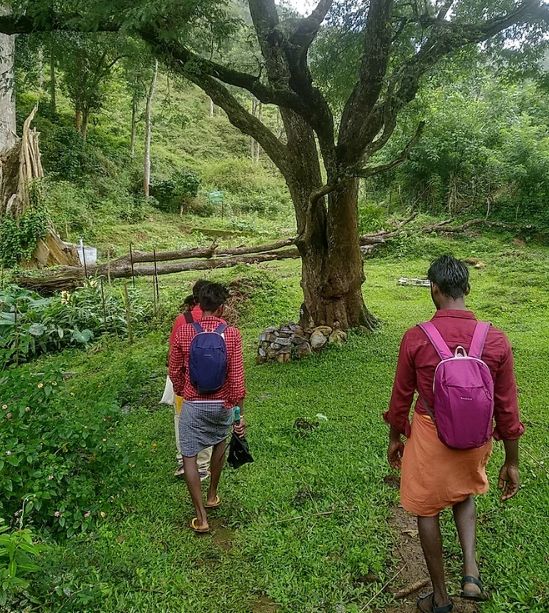
From protecting the historically neglected wetlands to promoting apiculture amongst the indigenous communities, the initiatives of Keystone are as diverse as the multiple ecosystems of the spectacular Nilgiris.
This article has been republished with permission from The Water Practitioners Network. View the original here
For more water related information on the Nilgiris, follow Nilgiri Water Portal, a growing repository that is seeded with information on water from the work of Keystone Foundation.